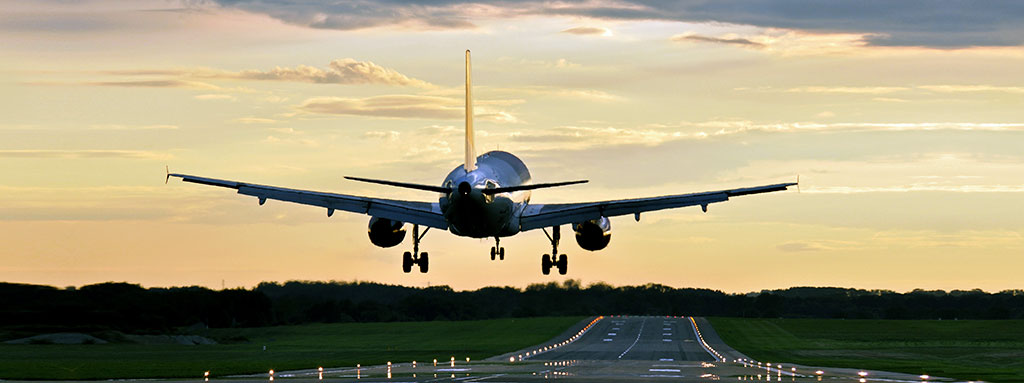Air travel is price driven – within reason.
People also look for convenience. People prefer to have a choice of departing times. People favor nonstop flights whenever possible. Furthermore, some people won’t put up with some airlines’ poor customer service anymore. People have a mind of their own.
Not surprisingly, airlines are responding to customer’s demands.
Since the beginning of deregulation, competition among airlines has generated an increase in city-pairs frequency and point-to-point service. Airlines offering more frequent nonstop flights experience a competitive advantage, and as a result, they are seizing a bigger share of the market.
The operating range of mid-sized aircraft is changing the market.
Air Transport Industry studies – past data and forecast models – show this trend clearly. Average airplane size is declining. City-pairs served by airlines are multiplying. Flight departure time choices are increasing.
This is the case not only in the short-haul market, but in the long-haul market as well. The latest generation of fuel-efficient, long-range twinjets is disturbing the old hub-and-spoke business model.
This is not to say that the hub-and-spoke model is disappearing. Turkish Airlines or Emirate Airlines are taking advantage of their strategic geographical location, and as a result, business is booming. And it will continue to do well in the future.
But the truth is that new airplanes such as the B787 or the A350 may modify their business model in the long term.
New mid-sized airplane operating range – circa 8,000 nautical miles – allows airlines to offer more frequent direct flights to more destinations and further away. That’s good news for airlines whose strategy is to target the point-to-point market.
What’s your strategy?



